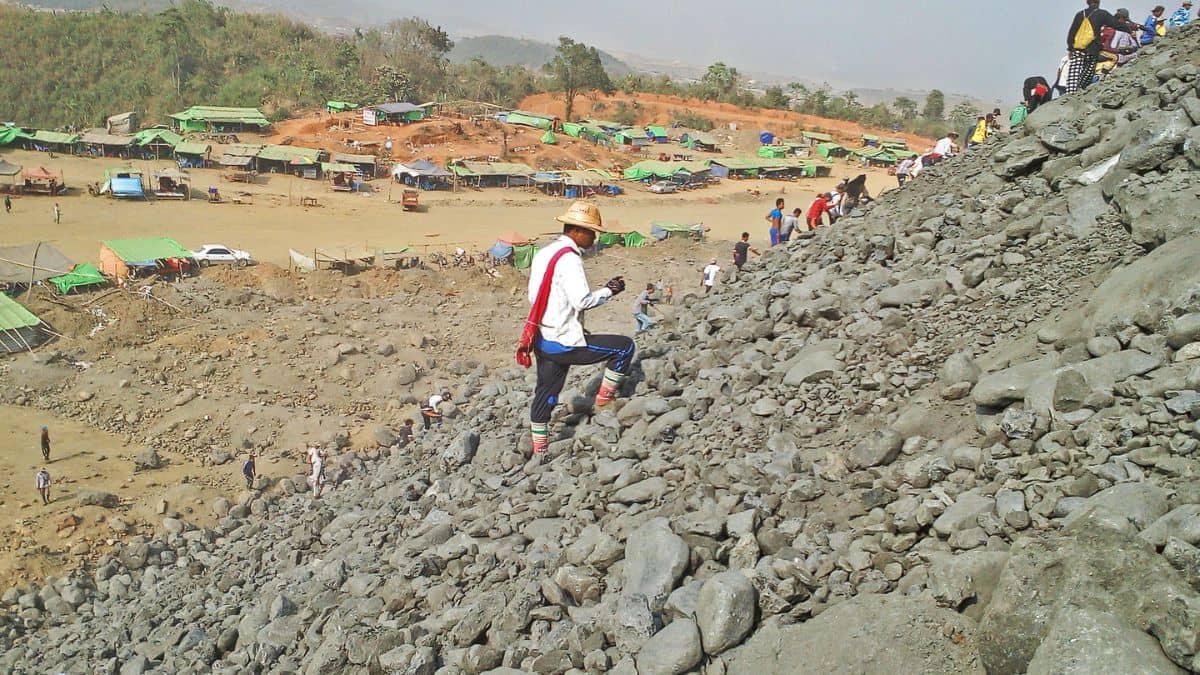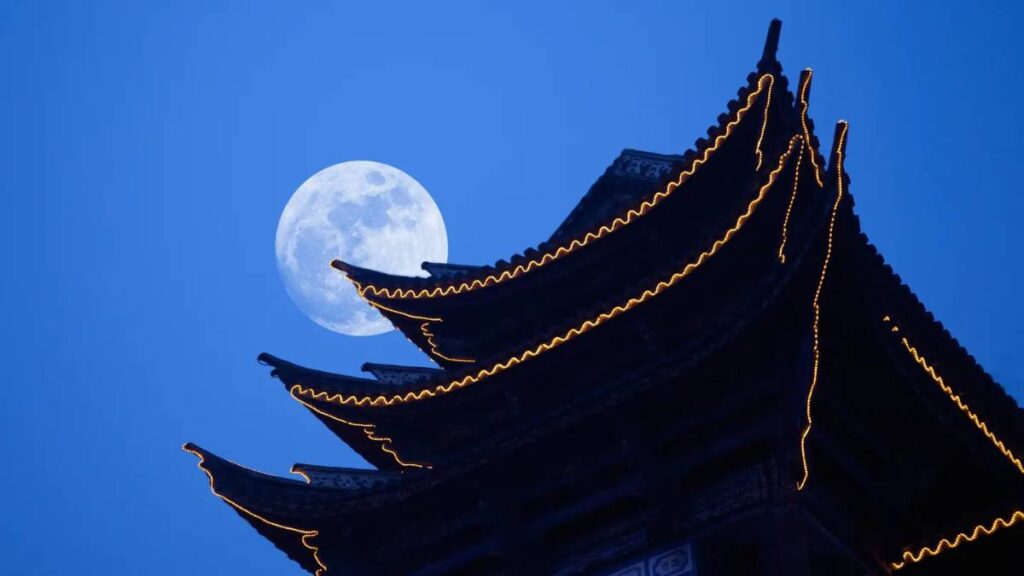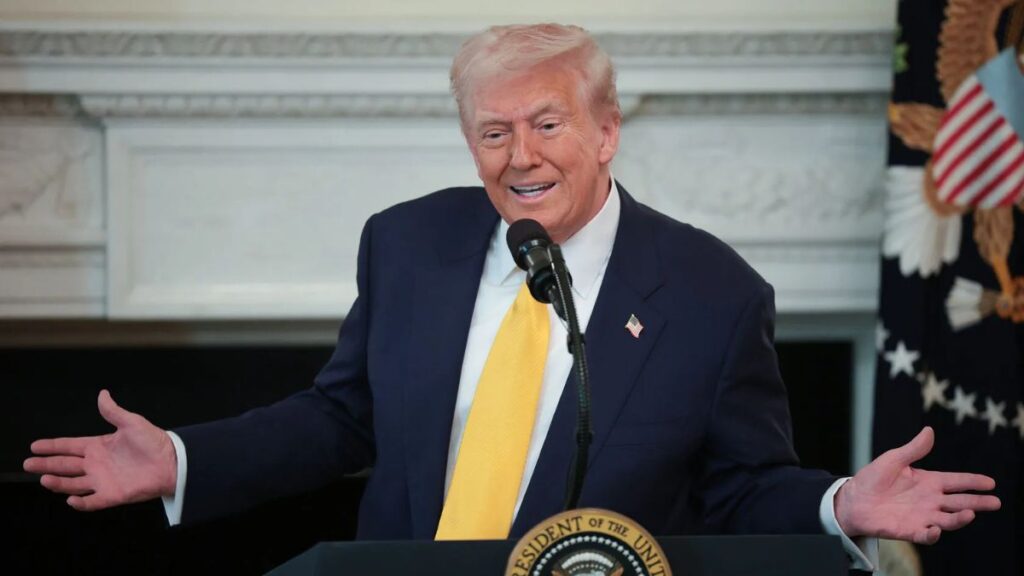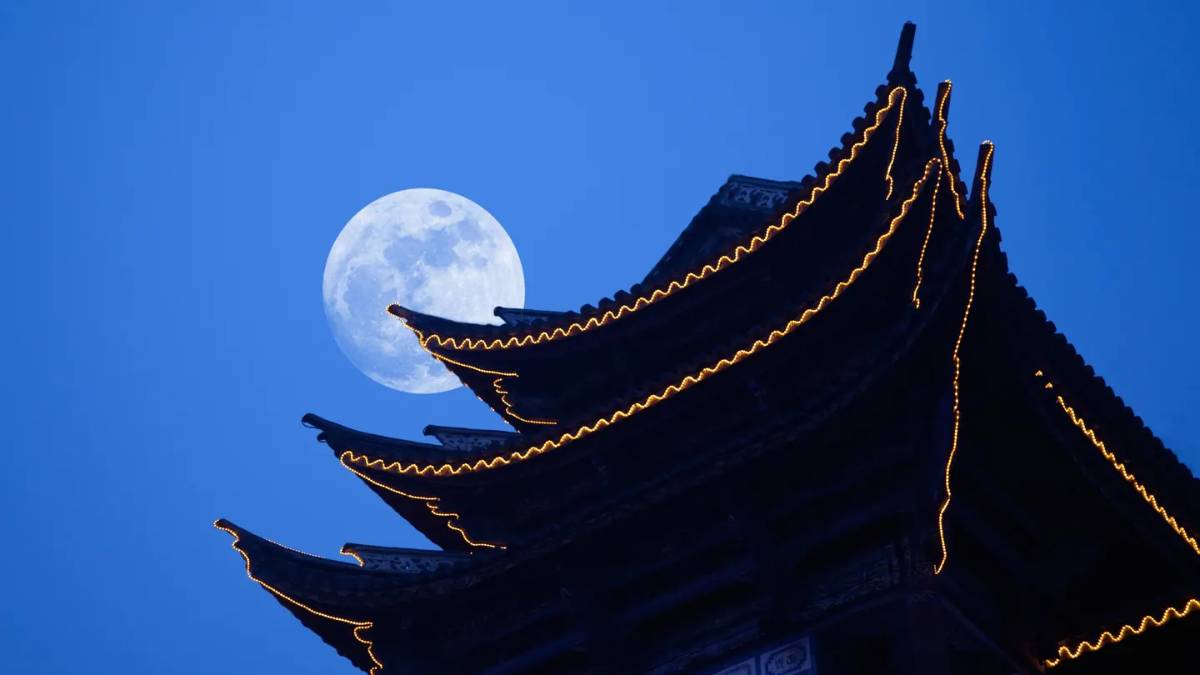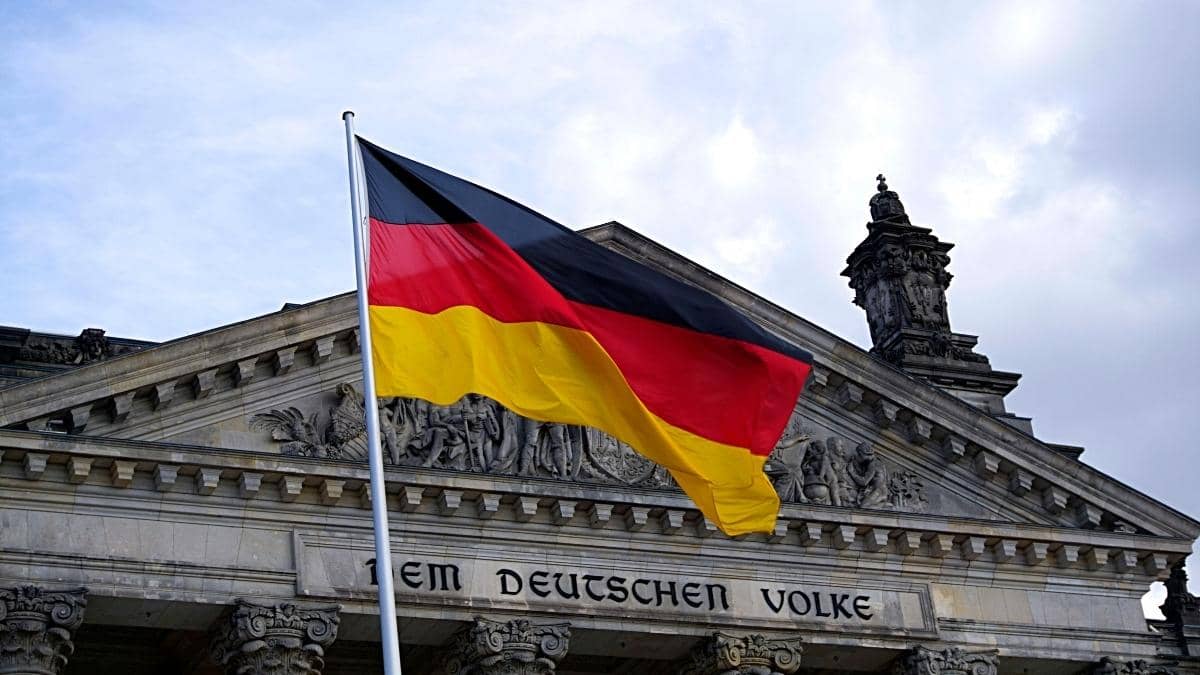Myanmar’s Kachin State, rich in rare earth minerals, is emerging as a potential center of competition between China and the United States. Both powers want access to the region’s resources, raising concerns of increased geopolitical tensions.
China already has strong ties with the ruling military junta and the Kachin Independence Army (KIA). It is likely to use economic and diplomatic measures rather than military force to maintain influence and secure access to rare earths. Experts say Beijing may work to ensure Kachin’s autonomy under a political settlement or strengthen its control through the junta or KIA.
The United States is reportedly considering more diplomatic engagement with the junta or KIA to gain access to the rare earth reserves. U.S. officials are suspected of supporting anti-junta groups in the region, though KIA’s remote location near China and India has limited their benefit.
Geography gives China a major advantage. Kachin’s mines are close to the Chinese border, and China’s processing facilities are nearby. Any attempt to transport rare earths to India or other countries could be blocked by China. Analysts warn that this makes a direct U.S. effort to secure these resources challenging.
While the U.S. may try to challenge China’s dominance, Beijing’s existing relationships and regional leverage make it more likely to succeed in controlling Kachin’s rare earths. Observers say that Kachin is now at the center of Sino-U.S. competition, shifting the focus from infrastructure projects like the China-Myanmar Economic Corridor to control over critical minerals.

